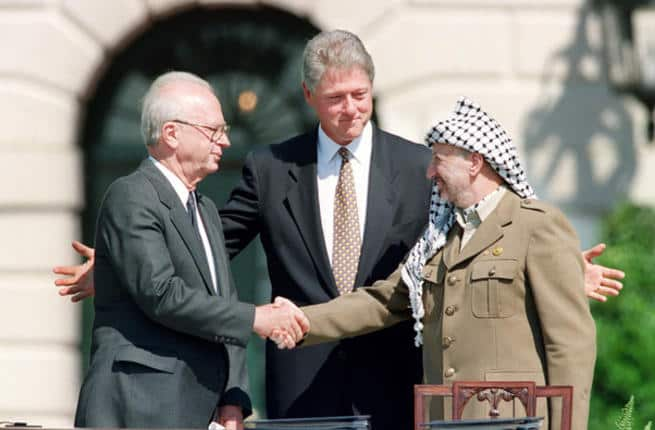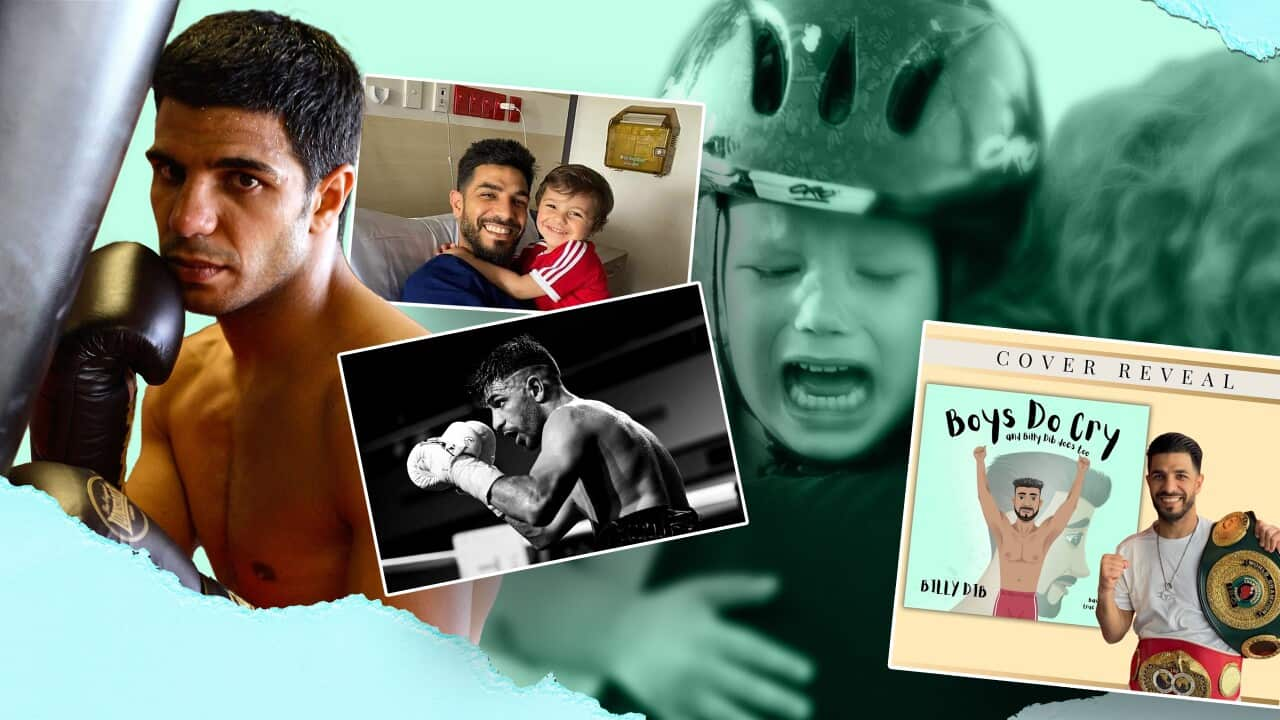** Some of the images may be distressing to readers **
Darrian Traynor is an Australian photojournalist who aims to bring to life the plight of refugees and those displaced by conflict and natural disasters.
In late 2019, he travelled to Gaza to witness for himself the human toll of the border clashes which had been raging since March 30, 2018.
Upon his arrival, the protests dubbed by the organisers as ‘The Great March of Return’ were not yet over.
What began as peaceful protests staged each Friday in the Gaza Strip near the Gaza-Israeli border, escalated into violent clashes between demonstrators and Israeli soldiers.
As a result, according to a United Nations in April 2020, 214 Palestinians, including 46 children, were killed, and over 36,100, including nearly 8,800 children, were injured.
The report said that of the 7000 live ammunition injuries, some 88 per cent, were limb injuries.
One Israeli soldier was killed during the same period, and seven others were injured during the demonstrations.
Traynor embarked on this trip with the objective to document the path to recovery for those wounded, and he created a photo series titled, 'Scars are more than skin deep'.
He told SBS Arabic24 that among his observations in Gaza, were the "hundreds if not thousands” of Palestinians with external fixators strapped to their legs and other limbs, as a result of their "horrific" wounds.
He said, as jarring as the wounds were for these individuals, the physical injuries inflicted paled in comparison to the emotional and mental scars they endured during their recovery.
“You've got this whole generation of young Palestinian men that have grown up under the siege going on [in Gaza] since 2007... what is that doing to them mentally?
“There are mental scars, scars that run very, very deep. How do you ask someone who's been shot at age 17 or 18 years of age and lost mobility, not to be angered?
"How do you ask them to not hate, to not hold that against the people who did it to them, and then to recover?”
For the photo series, Traynor focuses on three men, Mahmoud Salah Shaban, Nasser Kheel, and Mohammed Abu Jarad. The captions are his own.
'Scars are more than skin deep'
Image
March 3, 2020. Mahmoud Salah Shaban goes to the Médecins Sans Frontières clinic three times a week for treatment.

Source: Darrian Traynor
March 3, 2020. He has physiotherapy each time he visits to help with his flexibility and muscle strength. March 3, 2020. 17-year-old Nasser Kheel was injured on January 14, 2019. He says he wanted to go to the 'Great March of Return' because his friends were going and he wanted to try it. He knew the risk but didn't think he would be a target going for his first time.
March 3, 2020. 17-year-old Nasser Kheel was injured on January 14, 2019. He says he wanted to go to the 'Great March of Return' because his friends were going and he wanted to try it. He knew the risk but didn't think he would be a target going for his first time.

Source: Darrian Traynor

Source: Darrian Traynor
March 3, 2020. Kheel has his Ilizarov apparatus and wound cleaned at the Médecins Sans Frontières clinic in Gaza.

Source: Darrian Traynor

Mohammed Abu Jarad was shot through the leg in December 2017. Source: Darrian Traynor
March 3, 2020. Mohammed Abu Jarad was shot through the leg in December 2017 while protesting at the fence against the US announcement to move its embassy from Tel Aviv to Jerusalem. He was standing close to the well-known activist and wheelchair-bound Palestinian demonstrator, Ibraheem Abu Thuraya who was killed during the protest. March 3, 2020. Despite initial counselling offered through Médecins Sans Frontières, Mohammed has given up on pursuing mental health support as his frustration at his physical recovery grows. Here, Mohammed is using virtual reality goggles to distract him from the pain during his therapy.
March 3, 2020. Despite initial counselling offered through Médecins Sans Frontières, Mohammed has given up on pursuing mental health support as his frustration at his physical recovery grows. Here, Mohammed is using virtual reality goggles to distract him from the pain during his therapy.

Source: Darrian Traynor

Source: Darrian Traynor
March 3, 2020. At Al-Awda, hospital patients suffering from osteomyelitis are kept in isolation rooms to treat infection. No new bone plantations can be performed while the infection is present. An x-ray shows the injury of a 28-year-old father of four, Ismail Abu Wared. He is in Al-Awda to have an assessment done on his injury and external fixator after spending weeks in isolation fighting infection. March 4, 2020. Surgeons redress the wound after removing an external fixator at Al-Awda.
March 4, 2020. Surgeons redress the wound after removing an external fixator at Al-Awda.

Source: Darrian Traynor

Source: Darrian Traynor
March 4, 2020. Surgeons prepare to operate on Ismail Abu Wared.

Source: Darrian Traynor
March 4, 2020. Surgeons prepare to operate on Ismail Abu Wared.

Source: Darrian Traynor
March 4, 2020. The removed external fixator.
A journey of understanding
Traynor said his interest in the Palestinian Territories first peaked while in high school when he saw a photo of former Palestinian leader Yasser Arafat on the White House lawn with former Israeli prime minister Yitzhak Rabin, in the presence of former US president Bill Clinton.
President Clinton presided over ceremonies marking the signing of the 1993 peace accord between Israel and the Palestinians.
“I had no idea or understanding of what Palestine was, whether it was a country or where it was, but I was staggered and captivated by this photograph of this man [Arafat] standing on the White House lawns,” Traynor said. Years later, Traynor’s fascination with the photo led him to become a photojournalist and he decided to visit Gaza in 2016 to see the situation for himself.
Years later, Traynor’s fascination with the photo led him to become a photojournalist and he decided to visit Gaza in 2016 to see the situation for himself.

Source: AFP
“This idea of Palestine was always just playing around in my mind. I'd read what I could online and what I saw in the Australian press, and it didn't really answer the question, so it was always itching.”




